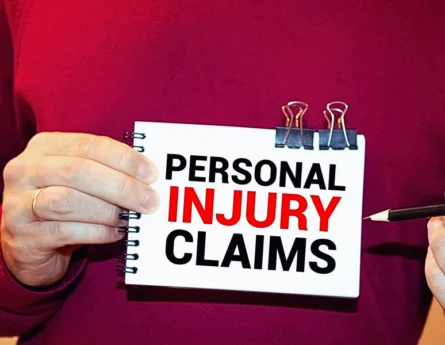One of the most overlooked yet crucial aspects of treating personal injury patients is how chiropractors communicate prognosis. For many patients suffering from car accidents, slip-and-falls, or workplace injuries, the road to recovery can be long, uncertain, and emotionally taxing. As a chiropractor, you’re on the front lines—not only providing care but helping patients (and their legal teams) understand what recovery looks like over weeks, months, or even years.

A well-communicated prognosis isn’t just beneficial to the patient’s expectations. It becomes central legal evidence in both settlement negotiations and courtroom proceedings. Here’s how you, as a chiropractor, can deliver accurate, credible, and legally valuable prognoses in long-term injury cases.
Why Prognosis Matters
In a legal context, a prognosis informs several key elements of a personal injury claim:
- Future medical costs
- Degree of permanent impairment
- Loss of earning capacity
- Pain and suffering valuation
For your patient, it answers the question that’s on their mind from day one: “Will I get better?”
For attorneys and insurance adjusters, it provides a framework for future damages and settlement valuation. But the strength of that prognosis depends heavily on how it’s communicated and supported.
Start with Documentation and Clinical Clarity
Your prognosis begins in your notes. Every visit, pain level, functional deficit, and therapeutic response you record builds the case for long-term expectations. Avoid vague language like “patient is improving” without showing measurable progress. Instead, include objective data—range of motion scores, strength tests, neurological findings, and pain scale tracking.
When symptoms plateau despite consistent care, prognosis becomes critical. Be specific:
- “Patient continues to experience radiating lumbar pain with prolonged sitting beyond 15 minutes.”
- “Cervical ROM remains limited to 30 degrees despite 12 weeks of decompression and manual therapy.”
These observations form the clinical basis for your long-term outlook.
Use Probabilistic, Not Absolute, Language
Injury recovery, especially with soft tissue injuries and spinal conditions, can be unpredictable. When communicating prognosis, avoid saying a patient will or won’t fully recover. Instead, use terms like:
- “It is likely the patient will require ongoing supportive care.”
- “The prognosis is guarded with respect to full cervical mobility.”
- “There is a high probability of recurrent flare-ups without periodic treatment.”
This kind of language aligns better with legal standards, where certainty isn’t required—only that your opinion is supported by reasonable medical probability.
Discuss the Functional Impact
A strong prognosis doesn’t just describe the injury—it explains how it affects the patient’s daily life. Tie clinical findings to functional limitations:
- “Due to persistent thoracic pain, the patient cannot perform overhead lifting without discomfort.”
- “Residual neuropathy affects the patient’s ability to drive for extended periods.”
This helps attorneys and juries understand the real-world consequences of the injury and can impact damage awards related to quality of life.
Align with Legal Strategy When Appropriate
If you’re working closely with the patient’s attorney, it’s helpful to understand the legal timeline and goals. While your medical opinion should never be influenced or altered for legal gain, collaborating ensures your documentation and communication style supports the case. For example, if your patient is approaching mediation or trial, timely updates to your prognosis can strengthen their claim.
Prognosis is more than a medical opinion—it’s a bridge between treatment and justice. As a chiropractor, your ability to clearly, credibly, and compassionately communicate long-term outcomes plays a pivotal role in both your patient’s recovery and their legal resolution.




